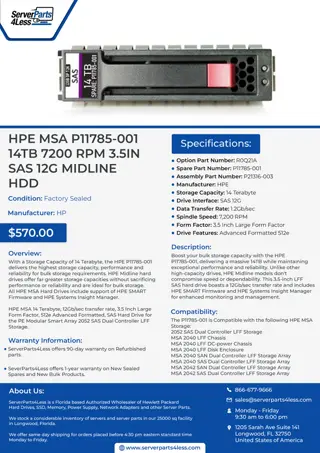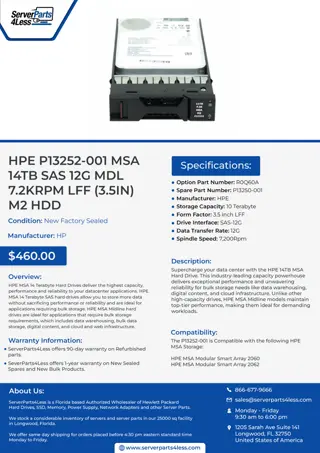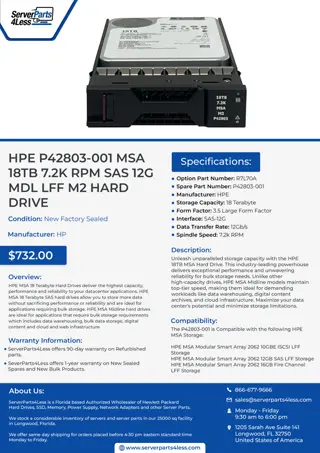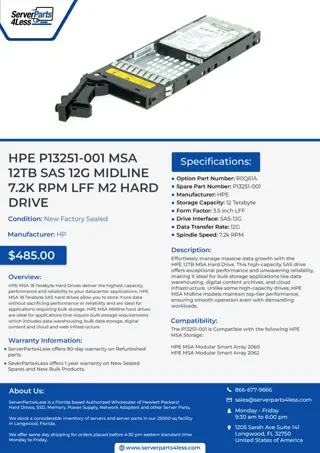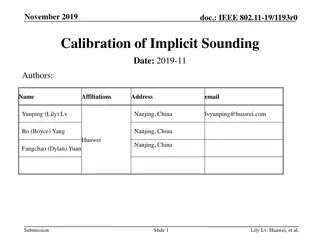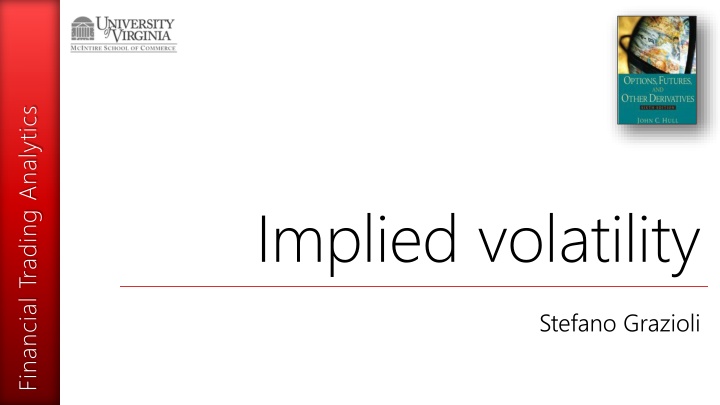
Financial Trading Analytics and Portfolio Management Guide
Explore the world of financial derivatives, critical thinking in trading, manual delta hedging strategies, and the importance of rebalancing your hedge for optimal portfolio management. Understand the concepts of delta changes with time, delta rebalancing, and the impact of market fluctuations on your trading portfolio.
Download Presentation

Please find below an Image/Link to download the presentation.
The content on the website is provided AS IS for your information and personal use only. It may not be sold, licensed, or shared on other websites without obtaining consent from the author. If you encounter any issues during the download, it is possible that the publisher has removed the file from their server.
You are allowed to download the files provided on this website for personal or commercial use, subject to the condition that they are used lawfully. All files are the property of their respective owners.
The content on the website is provided AS IS for your information and personal use only. It may not be sold, licensed, or shared on other websites without obtaining consent from the author.
E N D
Presentation Transcript
Options, Futures and Other Derivatives (6th Edition) Financial Trading Analytics Implied volatility Stefano Grazioli
Critical Thinking Easy meter Another easy homework: no coding H21 is harder start early! NEW TICKERS on GAMMA Do H20 on GAMMA. H19 on ALPHA and BETA No help on Friday out of town TA will drop a feedback text on your folder if feedback is too long
You Do The Talking Name, major Confidence with fintech improving? Things you like about the class Things that can be improved Any questions you have about the Tournament? 3
Manual delta hedging EXAMPLE INSTRUCTIONS TO YOUR TRADER If your position is... do this! x Short calls x * delta long stocks x Long calls x * delta short stocks x Short puts x * |delta| short stocks x Long puts x * |delta| long stocks x Short stocks x * 1/|delta| long calls or x * 1/|delta| short puts x Long stocks x * 1/delta short calls or x * 1/delta long puts
There is a catch Delta changes with time....
Delta changes in time Delta of a Call Option = N(d1) Delta of a Put Option = N(d1) -1 d1 = {ln(S/X) + (r + 2/2) t} t N() is the standard normal cumulative distribution function and it is provided in Excel
Rebalancing your hedge In the HT, Delta changes with S S and t t (r, are fixed). So, the hedge needs to be periodically readjusted a practice calledrebalancing Example: Example: Yesterday we wanted to hedge 100,000 AAPL long shares, so we shorted 125,000 calls (delta was 0.8). But today the delta is 0.9. Ncalls= - 100,000 * 1/0.9 Ncalls= - 111,111 But I have -125,000! so, we need to buy back (=125,000-111,111) to maintain delta neutrality. rebalancing. buy back 13,889 calls
Numeric check: does it work? We now have 100,000 AAPL & -111,111 Calls on AAPL S Suppose that the AAPL share price increases by $20. uppose that the AAPL share price increases by $20. What happens to my portfolio? What happens to my portfolio? Delta = 0.9 so: Option price change = 0.9 * (+$20) = +$18 Change in Change in Total = +2,000,000 - 1,999,998 = +$2 i.e., approx. $0 We still have a Delta neutral portfolio (yay!) Delta neutral portfolio (yay!) Total Portfolio Portfolio V Value alue = 100,000 * (+$20) + (-111,111) * (+$18) =
Numeric check: does it work? Suppose that we did not -125,000 Calls on AAPL AAPL share price increases by $20. AAPL share price increases by $20. What happens to my portfolio? What happens to my portfolio? Delta = 0.9 so: Option price change = 0.9 * (+$20) = +$18 did not rebalance. We kept 100,000 AAPL & Change in Change in Total = +2,000,000 2,250,000 = -$250,000 I have lost money. This is not a Delta neutral portfolio. Total Portfolio Portfolio V Value alue = 100,000 * (+$20) + (-125,000) * (+$18) =
Every how often to rebalance? Too often = higher transaction costs Too infrequently = higher risk
Financial Trading Analytics Volatility To compute delta
Volatility is needed to compute delta Volatility is a measure of the dispersion of the returns of a security over a unit of time Real world= not constant HT (and BS model) = constant
Problem: Solving for sigma is too hard! Price of a Call Price of a Call = S * N(d1) = S * N(d1) Xe d1 = {ln(S/X) + (r + d1 = {ln(S/X) + (r + 2 2/2)t} /2)t} t t d2 = d1 d2 = d1 - - t t Xe- -rt rt * N(d2) * N(d2) S = current spot price, S = current spot price, X = option strike or exercise price, X = option strike or exercise price, t = time to option expiration (in years), t = time to option expiration (in years), r = riskless rate of interest (per annum), r = riskless rate of interest (per annum), = spot return volatility (per annum), = spot return volatility (per annum), N(z) N(z) = probability that a standardized normal variable will be less than d. = probability that a standardized normal variable will be less than d. In Excel, this can be calculated using NORMSDIST(z) NORMSDIST(z). Delta for a Call = N(d1) Delta for a Put = N(d1) . Delta for a Call = N(d1) Delta for a Put = N(d1) - -1 1 In Excel, this can be calculated using
Iterative technique example Question: a ten year investment of $1,000 generated an interest of $218.99 What interest rate have I earned? I know the formula Interest = 1000 [(1+r)10 -1] but I do not know how to invert it
Finding r iteratively 1. Pick an arbitrary solution value (e.g., r = 1%) and compute the formula: I = 1000 [(1+r)10 -1] Try another solution value (e.g., r=1.1%) and compute the formula If the value of I obtained in step 2 is closer to the target value of I ($218.99), keep increasing the value of r, else reduce it. Keep on going until you find an r that generates a value of I close enough to the target I=$218.99 2. 3. 4.
Iterative Solutions Easy to use BUT BUT Often only approximations Not guaranteed to find a solution Might miss solutions in case there is more than one y x I have found the max!
Implicit volatility method 1. 2. Find the volatility that will match the observed market price using an iterative technique Assume that BS is true DEMO
Excel Tools comparison Goal seek Goal seek if you have one unknown X and one known Y as in the example Goal Y is a constant No constraints (e.g., x > 0) Solver Solver if you have more than one unknown X s e.g., suppose that we did not know t and and r Goal Y can be a constant, or a min, or a max Can do constraints on the Xs


